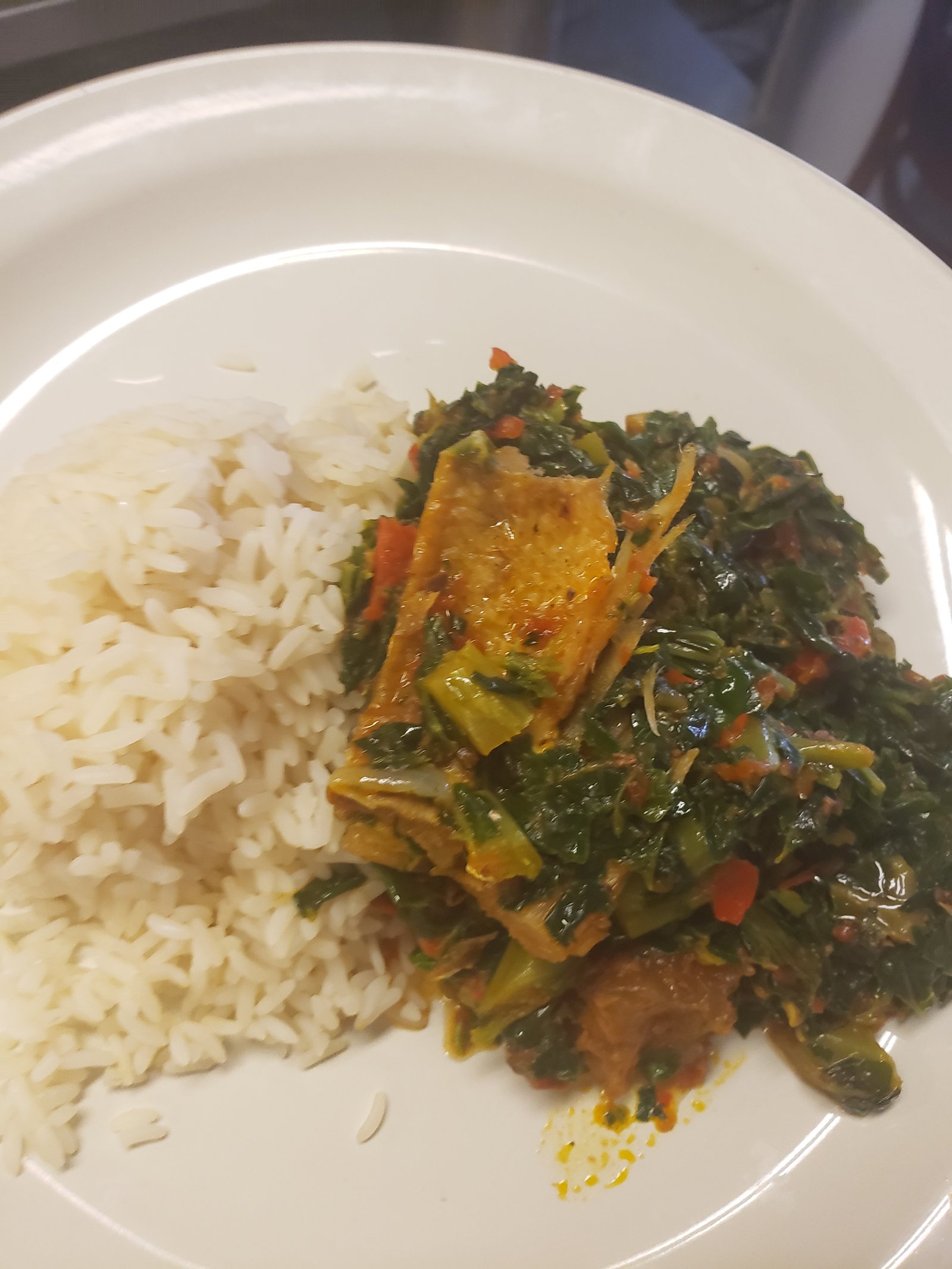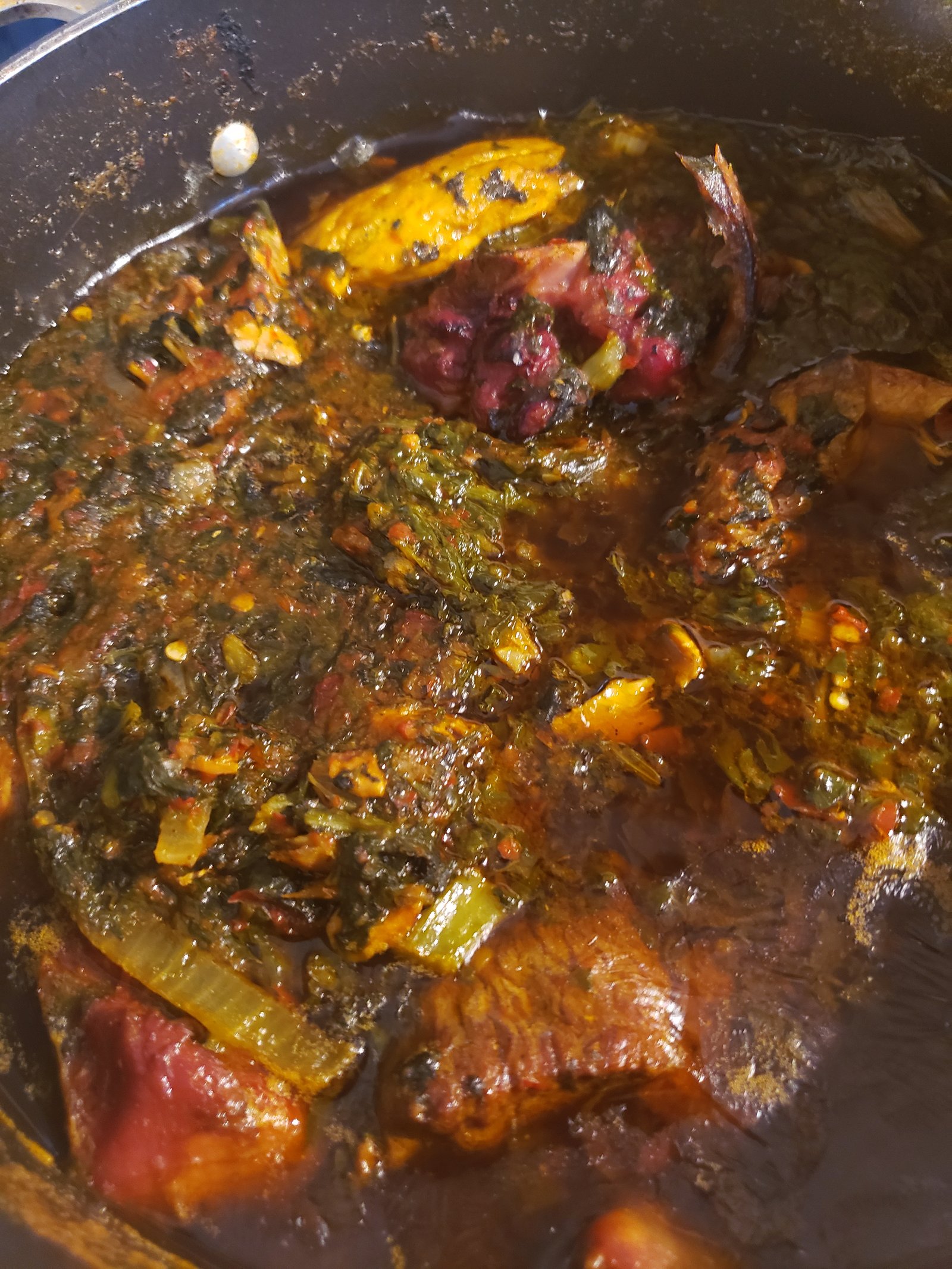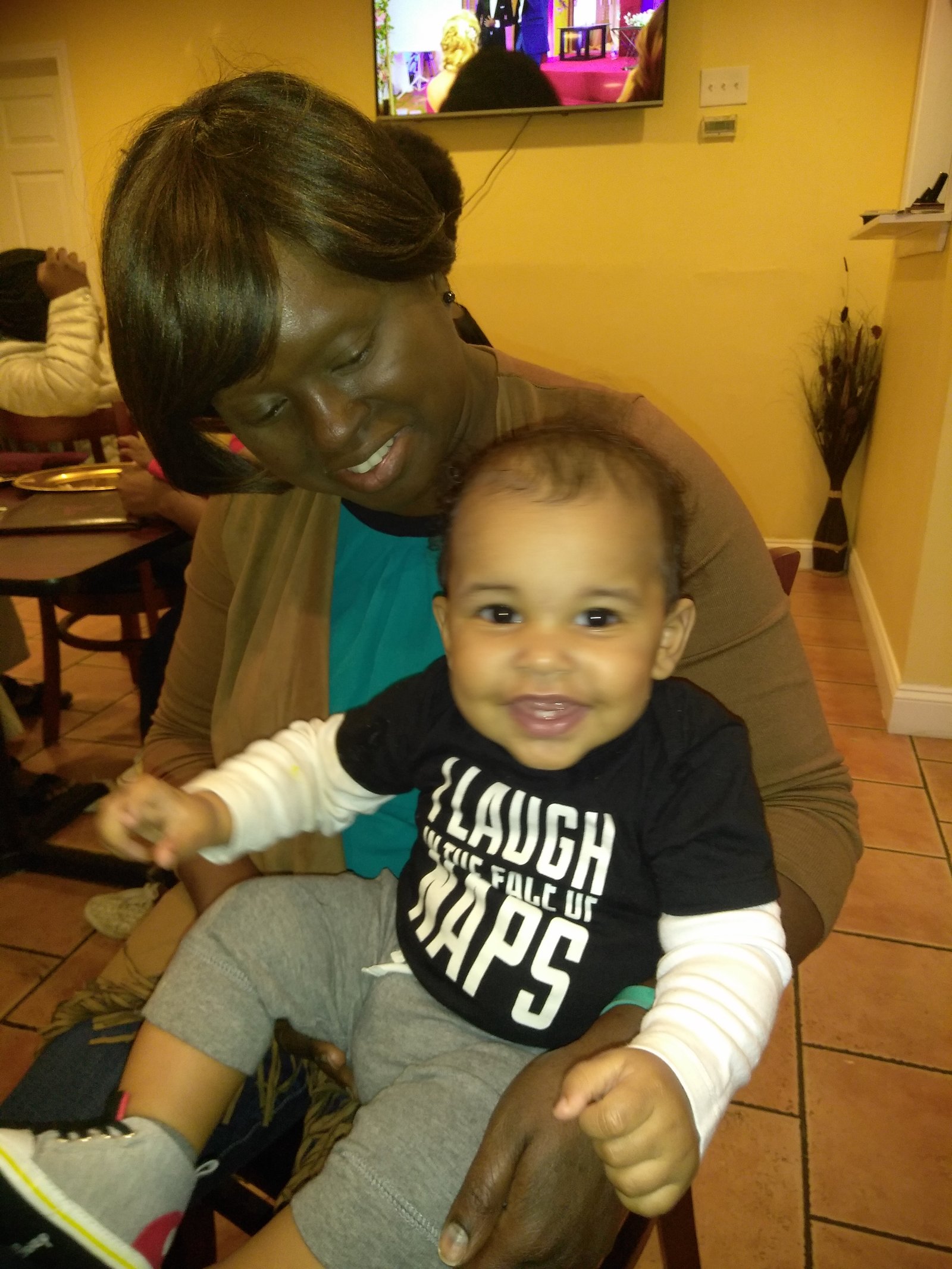The Good Fight: Nutrition & Beauty Regimen
Happy belated Valentine’s day!!! It is also exactly 4 years that I got the diagnosis. This year is quite different though. Rather than wallow in the trauma, I have grown. My mind has been renewed. Thanks to God, and the help of my therapist, I have been equipped with the the necessary tools to continue to live and thrive. Today I want to continue with the gist of the journey. What did I eat? How I did I keep myself looking good? Here is the gist:
There are quite a few school of thought on what to eat and what not to eat once a cancer diagnosis has been established. Loved ones will also have a thing or two to give you in the area of nutrition; the need to be ‘radical and strict’ with your diet, avoiding meat, seasoning, restaurant food, oils, fat, use herbs, use ginger, etc.

If you are the type that reads books about health and nutrition, you will hear different schools of thought on what to eat and not to eat. There are some who propose we eat based on our blood type. The diet industry does not make it easier either. Some will recommend ditching carbohydrates all together and sticking to a diet high in protein. What do you choose?
For me, my main goal was to eat nutritious food as much as possible. It was not the time to count calories. My nutritionist recommended that I continue to eat foods grown closer to home (African based diet) and supplement with fruits and vegetables. My complex carbohydrate sources were yam, plantain, beans, fermented cassava flour, fermented yam flour, and fermented corn flour. I ate rice as well. Fermented foods sit well in the stomach and help slow down acid reflux. At least, for me, by eating more fermented foods, I did not have to be on protonics for a very long time.
My diet was very rich in greens as well. Spinach, broccoli, brussels sprouts, okra, jute, cucumber and avocado became staples. For protein, I ate eggs, salmon, chicken and goat meat. I did not avoid red meat. My blood type is known to make a lot of stomach acid. The meat is needed to absorb the excess gastric acid. I tried to buy organic fruits and vegetables. Going organic increased our family food budget considerably but it was worth the switch.

I tried to eat healthy as much as I could. Once chemotherapy started, it took a stronger resolve to be healthy all the way. There were moments when I could not really eat. There were moments when only one type of food could be tolerated due to nausea. When I was hospitalized, all I could eat was amala and jute soup. You would do anything just to hold food in your body. There were moments of depression too. At those times, I ate anything that looked good and tasted sweet.
Before the diagnosis, I was what you would consider a moderately healthy eater. I would consider myself a ‘foodie’ too. I love food. I love trying foods from other cultures. I love cooking too. Unfortunately, I am a sweet tooth. The sight and smell of caramel, ice-creams, carrot-cake and double fudged chocolate cake has been a struggle to resist over the years. Whenever I felt overwhelmed, I chose comfort over healthy.
I also celebrated with food. After finishing my AC regimen, Bankole and I went to Legal Sea Food in Dedham to celebrate. I had an extra cheesy sea-food mac and cheese. I also had some Moscato. When I finished chemo, we celebrated at a Japanese restaurant.
If you choose to undergo chemotherapy, it is important to eat well as much as you can. The energy will be needed for the journey. You also must be careful with herbal supplements. Some supplements interact with chemo medications and render them ineffective. I waited till I finished chemotherapy before I resumed moringa tea. This was to help boost my immune system in preparation for surgery. I took biotin and magnesium tablets to help with hair and nail regrowth and nerve repair.
Hydrating was a bit of a struggle the first 4 days after chemotherapy. Once the nausea or bone pain wore off, I would guzzle 3 liters of water a day.
Staying moisturized is key to cancer treatment survival. Chemo medications have an interesting way of transfiguring the body. The dryness can make the skin look ashy. Brest cancer chemo regimen will make you lose every inch of hair on your body. Your cheeks will darken, your nails will be discolored, one might notice patches of discoloration on the palms and hand other parts of the body.

To combat the dryness, I mixed my moisturizer with extra virgin olive oil and sunscreen. I had a hand moisturizer with me always whenever I washed my hands. Whenever I showered, I did not towel dry my head. I would seal the moisture with a copious amount of shea-butter. It stopped the pins and needles feeling and soothed my scalp. I would then cover it with a wig cap and wear any of the wigs in my collections. Yes! I needed the wigs. I also had turbans. When I had the courage (or just too tired to care), I would rock my bald head.
Cancer treatment can turn you into a make-up artist in the making. With all the hyper pigmentation, loss of brows and lids, you must enhance what is left so you do not look odd. Thanks to the ‘Look Good, Feel Better Program’, I got a tutorial on how to make my face pop. I also invited Irene, my senior parish pastor’s daughter to teach me a thing or two. I struggled with arching an artificial brow. She was patient with me and walked me through the steps. It felt so good to finally have an idea of how to make my face pop. I always looked forward to making my face. There were days I did not have the patience too. I struggled with makeup prior to the diagnosis. If you saw my face looking glamorous, I had paid an expert to do it. My basic regimen was lip-gloss. Now I have a whole kit of brushes, beauty blenders, foundations, primers, concealer of different shades, contour kits, finishing spray. Make-up is work.

Cleaning it is work too. As time went on, I had little patience. I limited my weekly make up to my brows and lip gloss. On Sundays, I had more time to glam up 😊

Pingback: 4 Years & Counting.. | Welcome to O.E.M.A